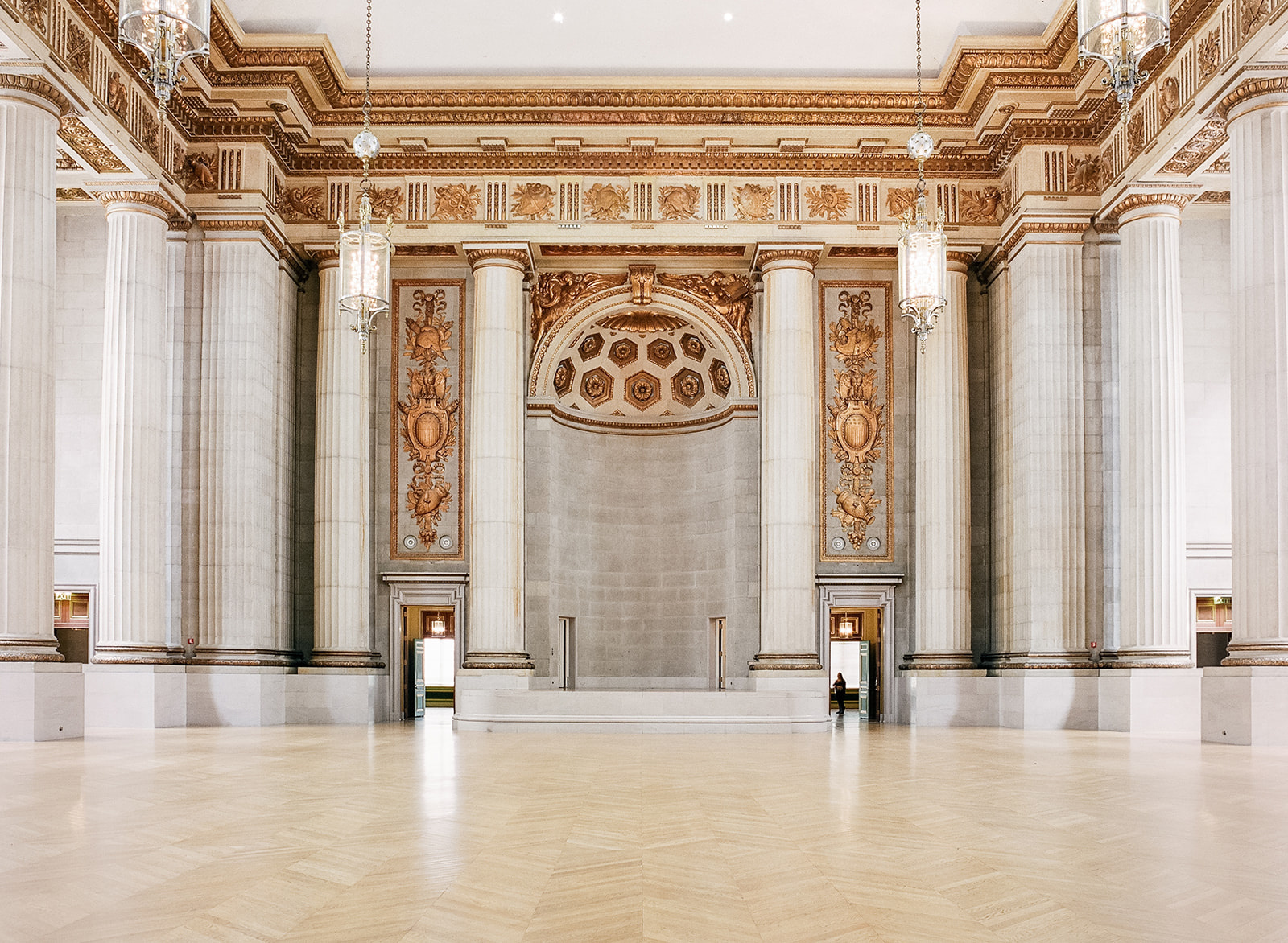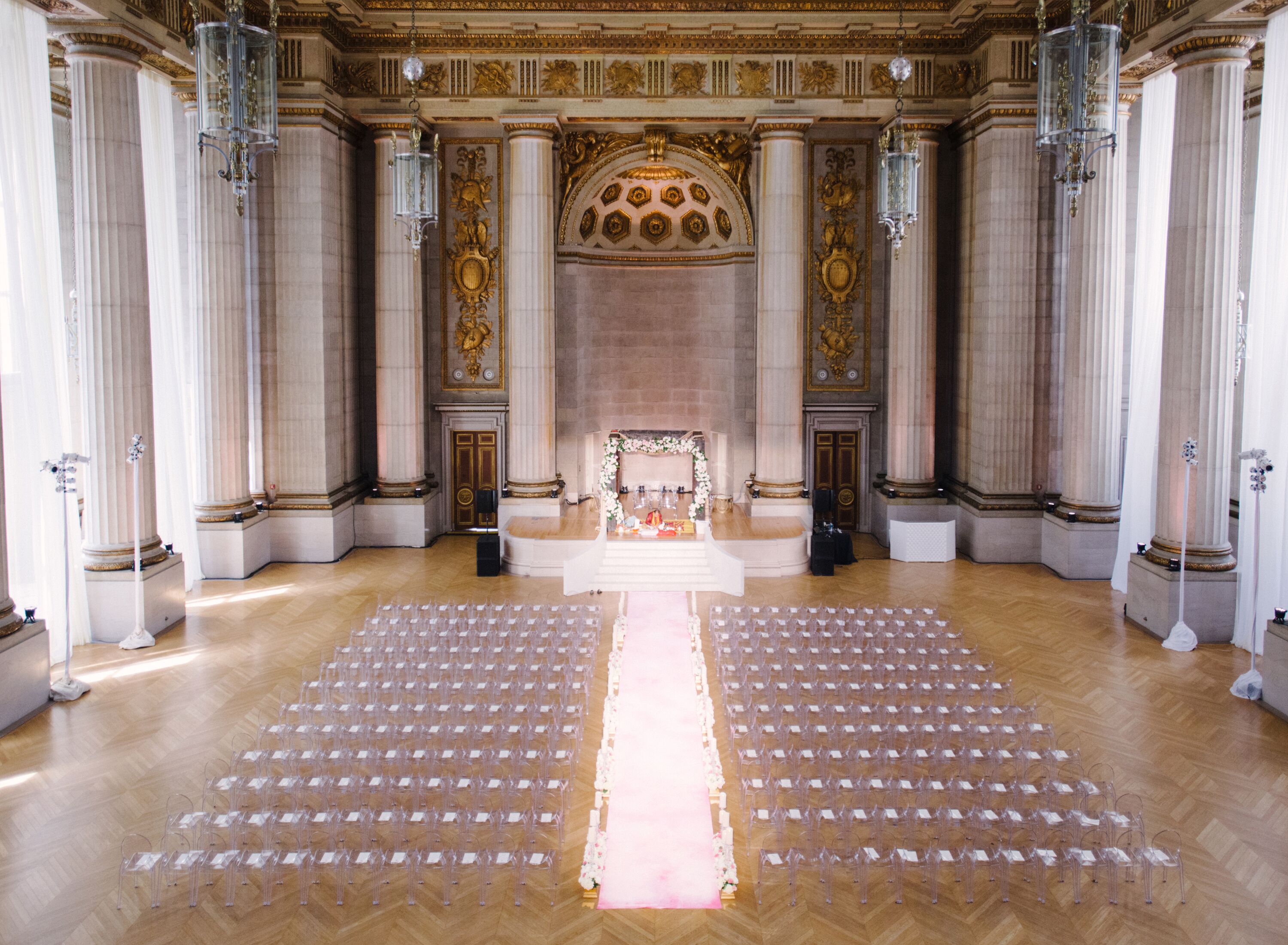Mellon Auditorium’s Architectural Significance
Mellon Auditorium stands as a testament to the architectural prowess of the early 20th century. Its design embodies a harmonious blend of classical and modern elements, reflecting the prevailing architectural trends of the time. The building’s historical context and the vision of its patrons played a pivotal role in shaping its distinctive character.
Architectural Style and Design
Mellon Auditorium showcases a unique fusion of Beaux-Arts and Art Deco styles. Its imposing facade, adorned with intricate carvings and sculptures, evokes the grandeur of classical architecture. The interior, on the other hand, exudes a more modern sensibility, featuring sleek lines, geometric patterns, and Art Deco motifs.
Mellon Auditorium, a prominent concert hall located in Washington, D.C., is renowned for its exceptional acoustics and architectural grandeur. Its distinctive design, featuring a coffered ceiling and marble accents, has made it a beloved venue for musical performances, lectures, and special events.
The auditorium’s rich history and association with prestigious institutions like the Smithsonian and the National Geographic Society have further cemented its status as a cultural landmark in the nation’s capital. For more information about the Mellon Auditorium, including its upcoming events and architectural details, please visit mellon auditorium.
Historical Context and Influences
The construction of Mellon Auditorium was commissioned by Andrew W. Mellon, a prominent industrialist and philanthropist. Mellon envisioned a venue that would serve as a hub for cultural and civic events in Washington, D.C. The building’s design was influenced by the prevailing Beaux-Arts style, which was popular for public buildings at the time. However, the architect, John Russell Pope, incorporated Art Deco elements to reflect the emerging modernist movement.
The Mellon Auditorium, a historic venue in Washington, D.C., has hosted countless events over the years. Among its most notable speakers is George Stephanopoulos , the renowned journalist and former White House communications director. Stephanopoulos’s appearances at the Mellon Auditorium have been marked by his incisive insights and engaging discussions on current events.
The auditorium’s grand architecture and rich history provide a fitting backdrop for Stephanopoulos’s thought-provoking speeches, further enhancing the impact of his words on the audience.
Exterior Features
The exterior of Mellon Auditorium is characterized by its monumental scale and elaborate ornamentation. The facade features a central portico supported by massive Corinthian columns. Above the portico is a frieze depicting scenes from the history of music and the arts. The building’s exterior is clad in limestone and granite, giving it an air of timeless elegance.
Interior Features
The interior of Mellon Auditorium is equally impressive. The main auditorium is a vast, horseshoe-shaped space with a seating capacity of over 1,000. The walls are adorned with murals depicting the history of the United States. The stage is framed by a proscenium arch decorated with Art Deco motifs. The auditorium’s acoustics are renowned for their clarity and resonance, making it an ideal venue for musical performances and lectures.
Historical Events and Cultural Impact

The Mellon Auditorium has played host to numerous pivotal historical events that have shaped the cultural landscape of Washington D.C. and beyond.
These events include high-profile summits, prestigious award ceremonies, and groundbreaking speeches that have resonated with audiences worldwide.
Political Significance
- The auditorium hosted the signing of the Kellogg-Briand Pact in 1928, an international treaty renouncing war as an instrument of national policy.
- During World War II, the auditorium served as the headquarters for the Office of War Information, responsible for coordinating the government’s wartime propaganda efforts.
- In 1963, Martin Luther King Jr. delivered his iconic “I Have a Dream” speech at the March on Washington for Jobs and Freedom, held on the steps of the Lincoln Memorial adjacent to the auditorium.
Cultural Influence
- The auditorium has been the venue for the Kennedy Center Honors since 1978, an annual celebration of the performing arts that has honored luminaries such as Frank Sinatra, Bob Dylan, and Aretha Franklin.
- The National Book Festival, founded in 2001, has been held on the National Mall near the auditorium, attracting hundreds of thousands of attendees each year.
- The auditorium has also hosted numerous exhibitions and installations, including the Smithsonian’s “The Art of Video Games” in 2012 and the National Geographic’s “Planet or Plastic?” in 2018.
Current Uses and Future Prospects
The Mellon Auditorium continues to serve as a vibrant cultural and civic space in Washington, D.C. It hosts a diverse array of events, including concerts, lectures, conferences, and exhibitions. The auditorium’s unique acoustics and elegant setting make it an ideal venue for musical performances, ranging from classical to contemporary genres. It has also become a popular destination for corporate events, weddings, and other private functions.
Potential Future Developments and Renovations
As the Mellon Auditorium approaches its centennial, plans are underway for a major renovation and expansion. The project aims to enhance the auditorium’s accessibility, improve its technical capabilities, and create new spaces for programming. The renovation will include the addition of a new entrance pavilion, an expanded lobby, and a state-of-the-art recording studio. These upgrades will allow the auditorium to continue to meet the needs of a 21st-century audience and ensure its relevance for generations to come.
Continued Relevance and Importance, Mellon auditorium
In the modern era, the Mellon Auditorium remains an important cultural landmark and a symbol of civic pride. Its distinctive architecture and historical significance continue to attract visitors from around the world. The auditorium’s ongoing programming contributes to the cultural vitality of Washington, D.C., and provides a platform for diverse voices and perspectives. As the city continues to evolve, the Mellon Auditorium will undoubtedly play an important role in shaping its cultural and civic landscape for years to come.
